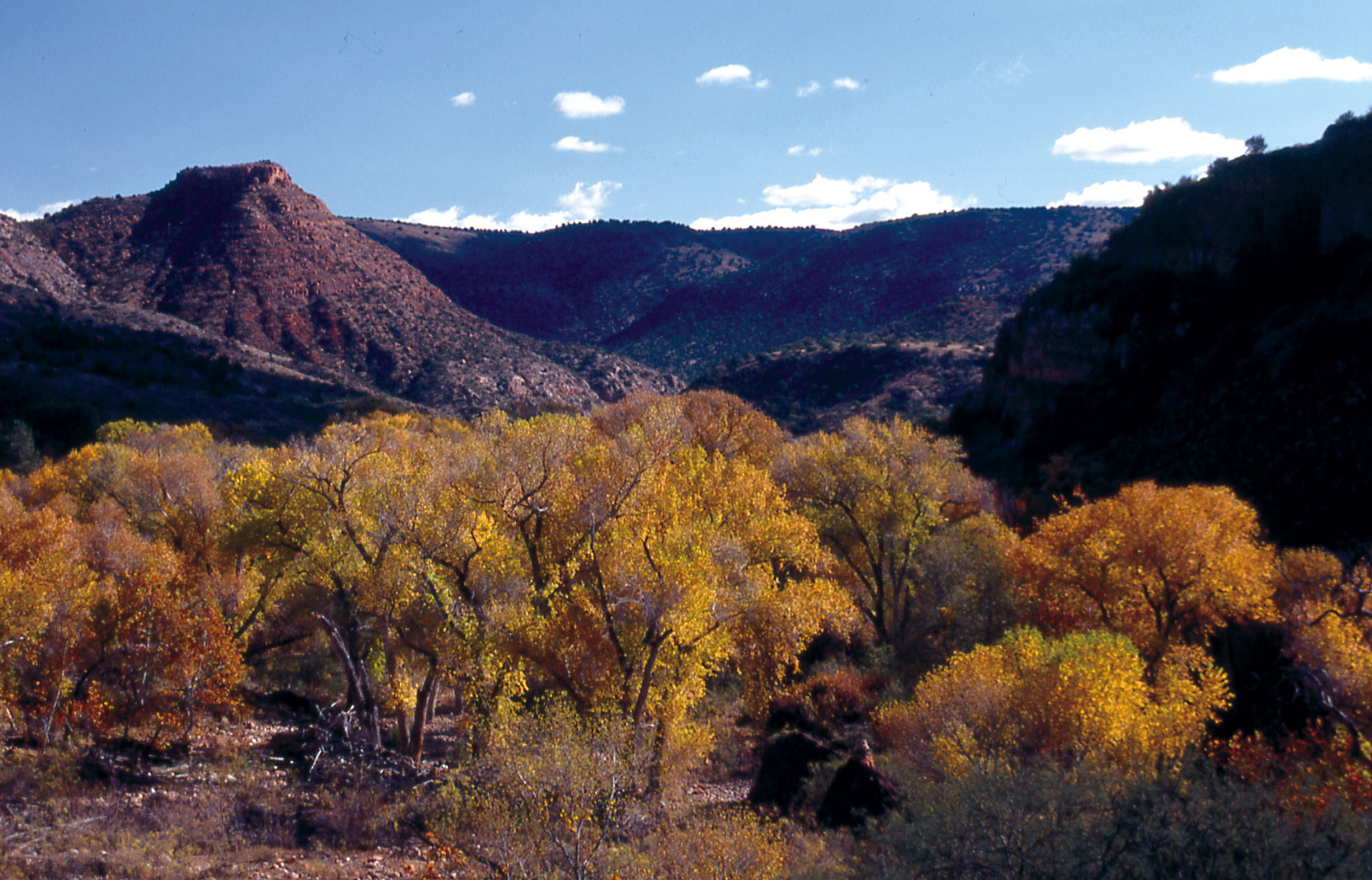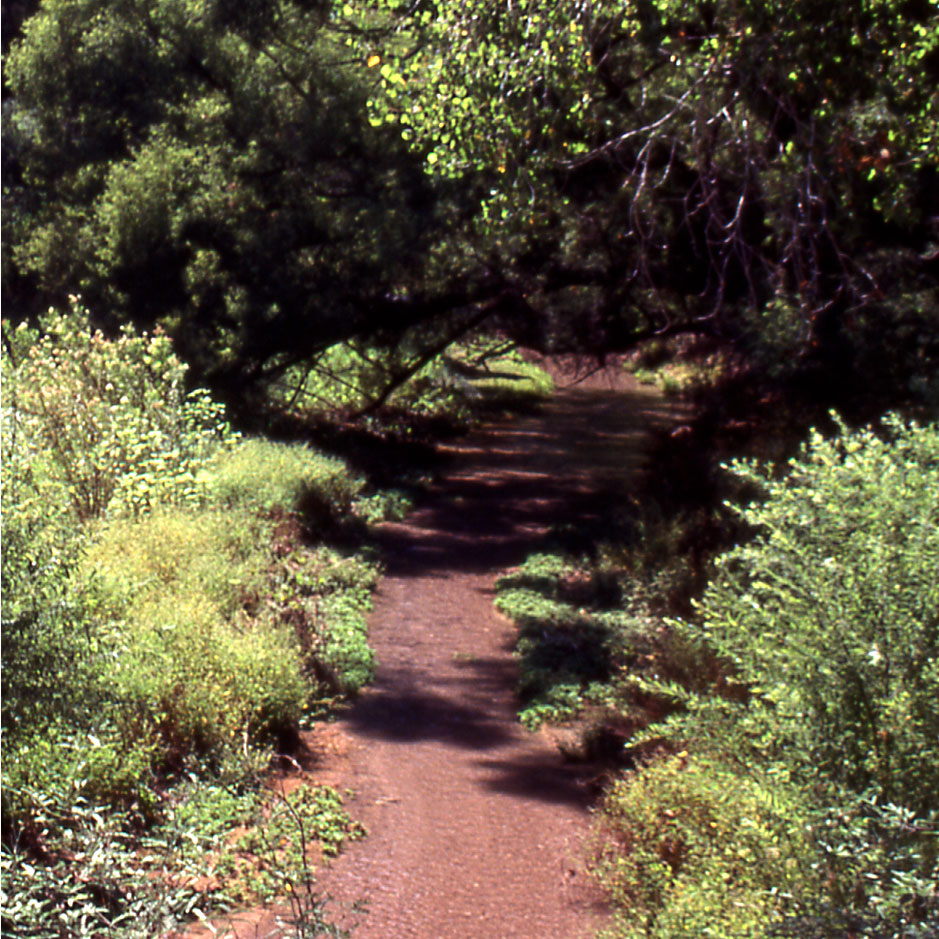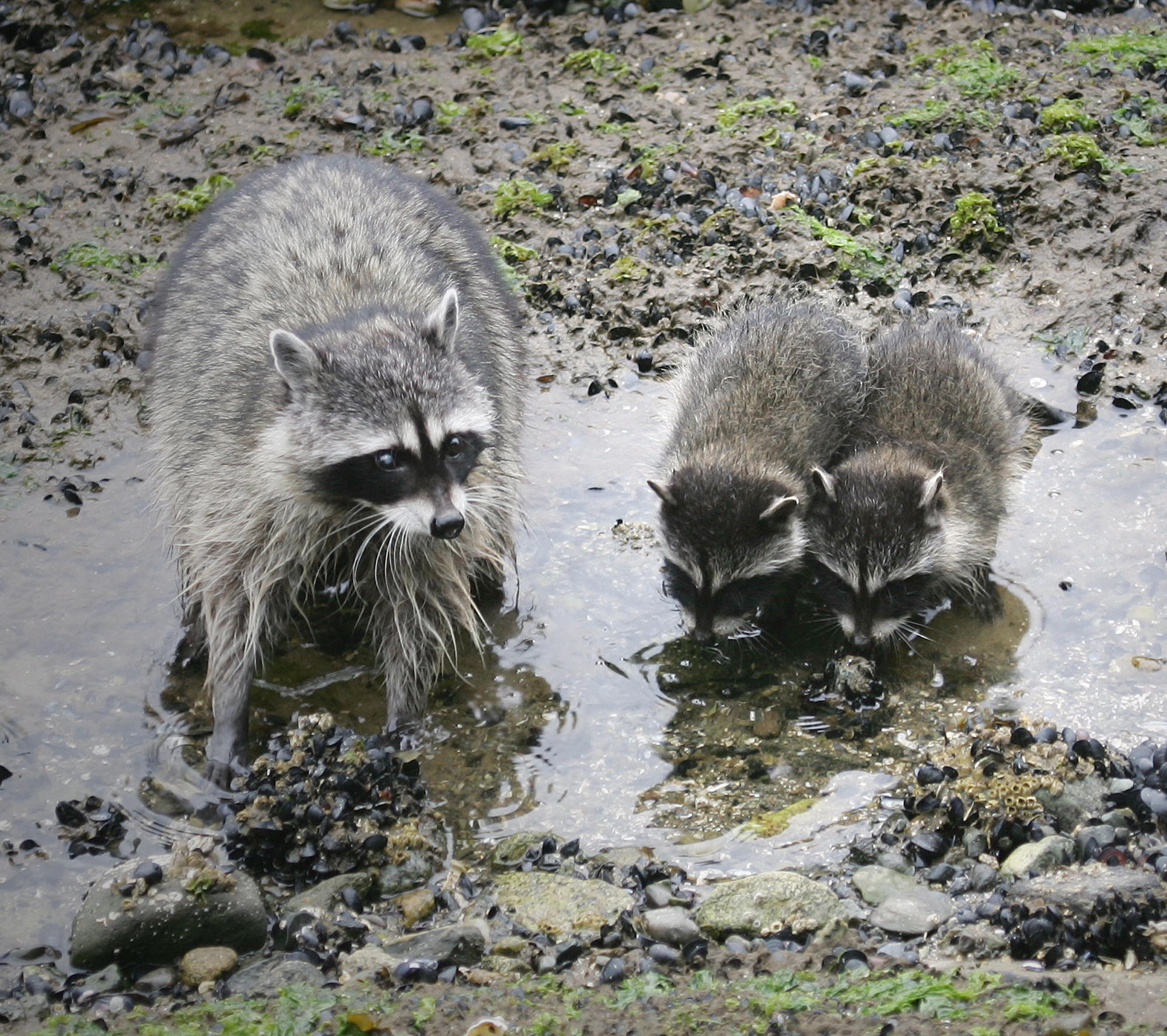Water quality
Chemicals such as pesticides, herbicides, or toxic metals often wash into streams from farms, urban and technical areas. The riparian forests help buffer the stream from these contaminants by absorbing them through their roots. For example, roots of riparian forests absorb nutrients, such as nitrogen or phosphorus, from the groundwater or soil water, and transport the nutrients to the atmosphere or soil surface. Plants provide a valuable, natural filtration function that is much more economical than an artificial means of purification.


Water supply and flood moderation
Riparian plants consume water, but at the same time provide for a more stable water supply in a stream. Their shady canopies help prevent evaporation from the stream and provide habitat for many animals. Their root systems prevent soils from been washed away, The dense vegetation also helps slow flood waters and reduce the destructive power of the water to downstream areas. It also spreads the water laterally from the stream onto the floodplains.

Riparian functions include:
- Quality and quantity of water.
- Bank stabilization.
- Biodiversity.
- Recreation.
Bank stabilization
The roots of riparian plants help stabilize streambank soils and prevent soil from being washed downstream during floods. The large, widespread tree roots combine with the dense network of grass roots to stabilize the banks.


Biodiversity
Over one-half of all the animal species in Arizona depend on riparian habitats for their existence. Animals like frogs, otters, beavers, some lizards, and birds live in riparian areas year round and are considered obligate species. Others, like deer and javelina that occur in the surrounding desert need the areas as a source of water, food, and cover. They are considered to be facultative species. There are also obligate plant species such as cottonwood and willow.
Recreation
Human also enjoy riparian areas for many of the same reasons animals do. Riparian areas are used recreationally for picnicking, hiking, bird watching, and numerous other activities. Riparian areas are for all of us – human and wildlife alike. We all rely on them for water and need to take care of them for future generations.
